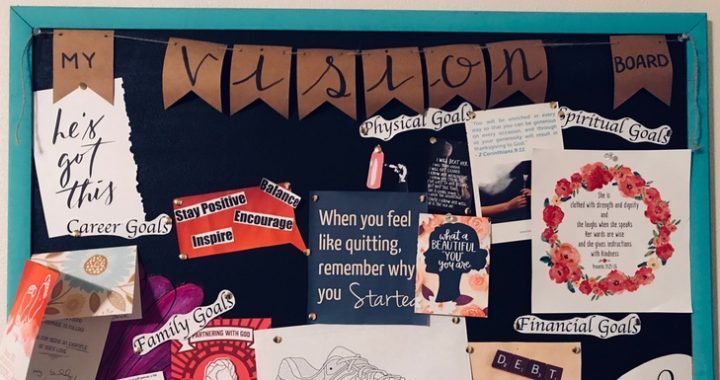In the next few years, we are likely to see a significant increase in small businesses, from home enterprises to startups. Many people have had to create sideline income or recover from losing their jobs in a shrinking job market. Jobs seeing the fastest decline are in production or administration support, primarily due to automation and digitisation of platforms and processes.
With the meteoric growth of social media, personal marketing has become an attractive option for those who don’t have a budget for marketing and advertising. Leveraging digital marketing is an incredible way to build a small business, but one needs to be strategic about it.
When a business is started inside of an urgent need to generate an income, the entrepreneur’s focus is often on earning money as fast as possible. Two common pitfalls of this situation are that they either try to grow too quickly and can’t sustain the growth, or the marketing messages focus more on the product or service and not on the people using it and how they will benefit.
The first pitfall requires better business modeling and less marketing; the second pitfall requires better marketing.
Startups who are struggling with marketing often think that they have a problem with discoverability, but the problem could be more complex and harder to see. It was in the mid-1990s that Bill Gates said, “Content is king!” and it has formed the baseline strategy for most self-marketers, often to their detriment. Too much time is spent trying to create new content (or feeling bad for not creating content), and not enough time is spent on positioning and distributing content.
If you’re not relevant and not “out there”, the right customers and clients won’t find you.
To build relevance, you need to position your message well. When there is pressure to generate income, we focus on the money. Wherever we can, we must focus on the difference we make. Keep reminding people why and how you help them.
To be “out there”, you need to distribute your content. Social media is great, but it’s not the only way to find and engage with your network. Email, direct messaging, and live events are still incredible options. Any way to deliver content to your ideal client is worth exploring and exploiting. Don’t limit yourself to Facebook.
Begin with the people who know and like you already, starting with your existing customer or client base and creating opportunities for word-of-mouth marketing. This is savvy distribution as you don’t have to manage it all yourself; you simply create the momentum (distribution) and the direction (positioning) and let your network sustain the flow.









